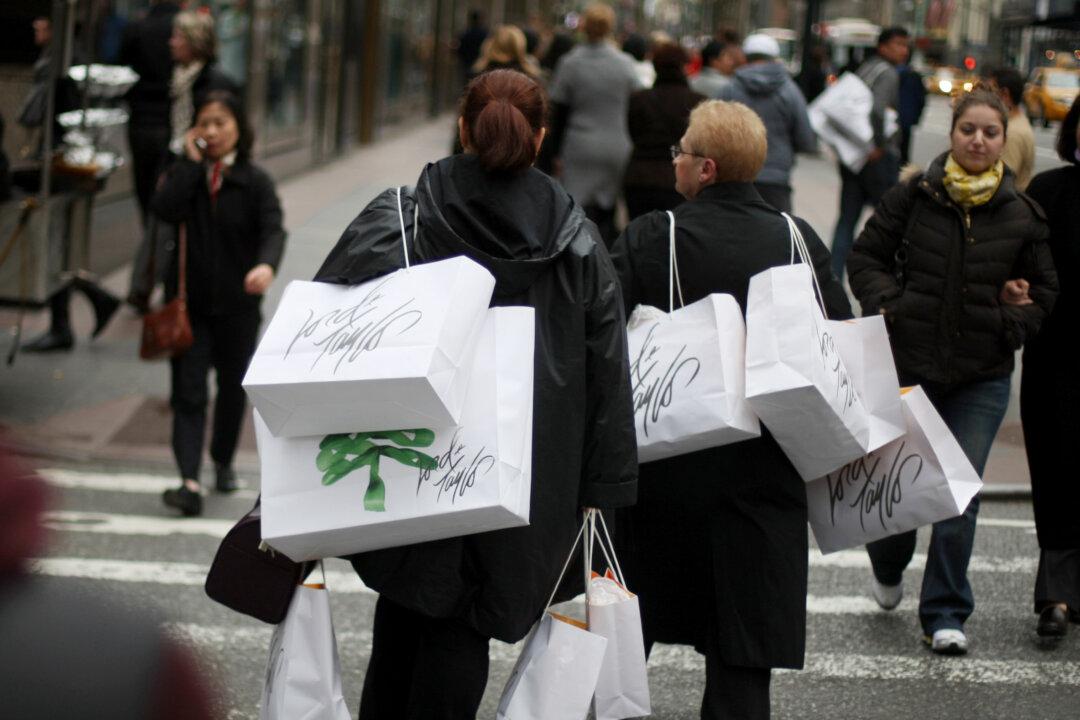The fourth quarter started off with a healthy surge of retail sales, giving the economy a much-needed boost, as Americans eagerly started their holiday shopping early on to avoid empty retail shelves amidst supply chain bottlenecks and resulting shortages.
The Commerce Department reported Tuesday that retail sales, a measure taken to calculate consumer spending at outlets, restaurants, and online stores, jumped 1.7 percent in October. Despite data indicating consumer confidence at a 10-year low, the latest retail sales numbers show significant gains, the largest since March, beating a 1.4 percent increase expected by analysts.





